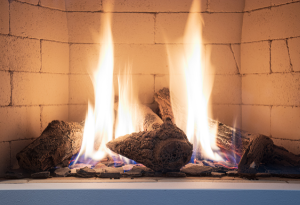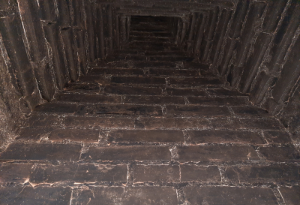What are the Causes of Chimney Odor?
Chimneys are responsible for a number of bad odors that enter your home, and normally, these are not pleasant smells.
Therefore, if men, women, or children will pick up on something that you cannot smell, so you should not discount them. Instead, you should consider the role of your chimney that plays a role in everything.
In case you smell something suspicious, you should not ignore it. Instead, you should talk to chimney repair experts to check out your chimney today.
Burning wood is not always the only odor that could come from your fireplace. Chimneys can have all kinds of things that could go wrong with them and it often takes time to clean them out.
Read on to find out more.
Buildup of Creosote
In general, if the smell of your chimney is like asphalt or tar, it probably comes from creosote buildup on your chimney walls. This is one of the most common causes of chimney odors, and any smells related to creosote, normally worsen during the summer because people open their air conditioning to fight high humidity levels.
If you want a solution, you should call a chimney expert to clear out the accumulated creosote. If there are any issues that can trigger foul smells, you can check those as well.
Branches and Leaves
Is there a rotting or decomposition smell from your chimney? Then maybe you have leaves and other things such as branches, moss, and whatnot. Most of the time, it comes from animal nests, and leaves can enter the area if there is a storm.
A lot of leaves are able to accumulate on the chimney while creating a blockage, making it smell like it is rotting the entire year. But it could get even more dangerous because it can cause a fire.
Moisture
In case there is water inside the chimney, it causes an unpleasant odor. The best way you can eliminate moisture in the chimney is when you install a chimney cap. If there is no cap, rainwater will naturally enter the chimney. Aside from causing an odor, moisture causes the damper to fail and rust so it can operate properly. If moisture mixes with creosote, the flue lining can get damaged, which results in the need for necessary but costly repairs.
Negative Air Pressure
Another reason for bad odors is the negative air pressure inside your home. Normally, modern homes are sealed tightly. Even if a lot of people consider this to be a good thing, it also has negative side effects that cause drafts to reverse inside the chimney. That means outside air will get drawn in, which sends drafts and bad odors into your home.
A short-term and easy solution to this is to open a window. This will entice some make-up air in, while ensuring that there is a balance of air that comes in and out is not thrown off. However, unless you want to keep your windows open, you should take further action. This can mean something simple such as installing a top-seal damper, or it could be that you need more extensive repairs.
Accumulation of Debris
You should not think that twigs and leaves that enter the chimney can lead to unpleasant smells, but this is a common issue people encounter. Since odor debris gets trapped inside the chimney, it is going to start decomposing through time and it will leave behind a rotting and unpleasant smell. This is another reason why you need a chimney cap.
This post first appeared on https://www.firstclasschimneyservices.com

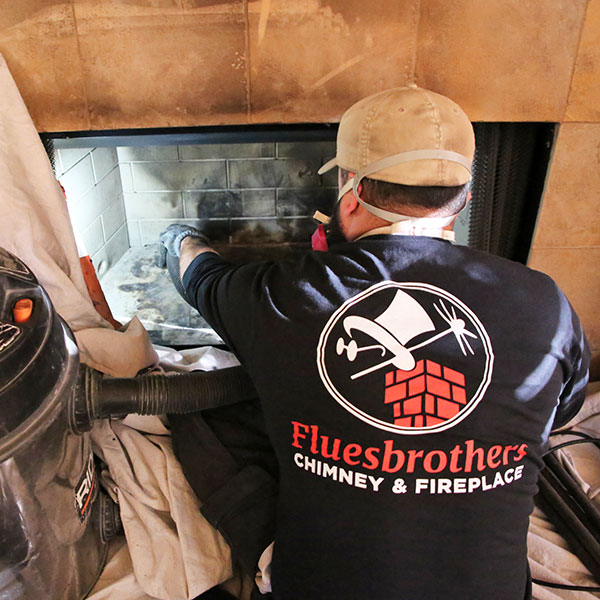 Step 1: Clean it
Step 1: Clean it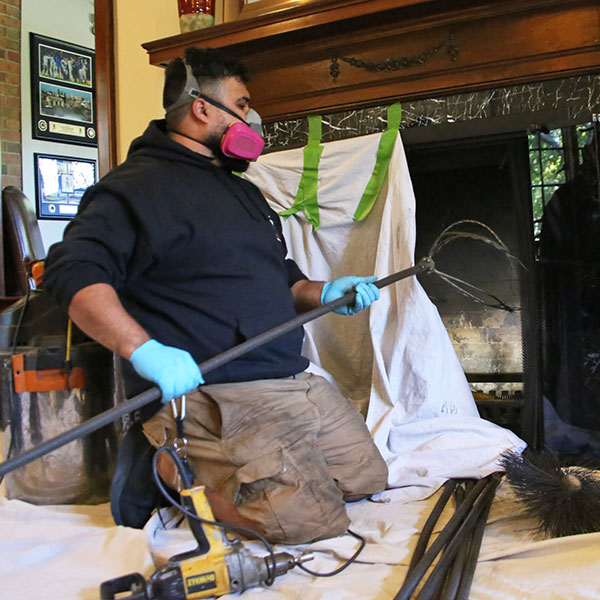 Help for your fireplace and chimney all year long
Help for your fireplace and chimney all year long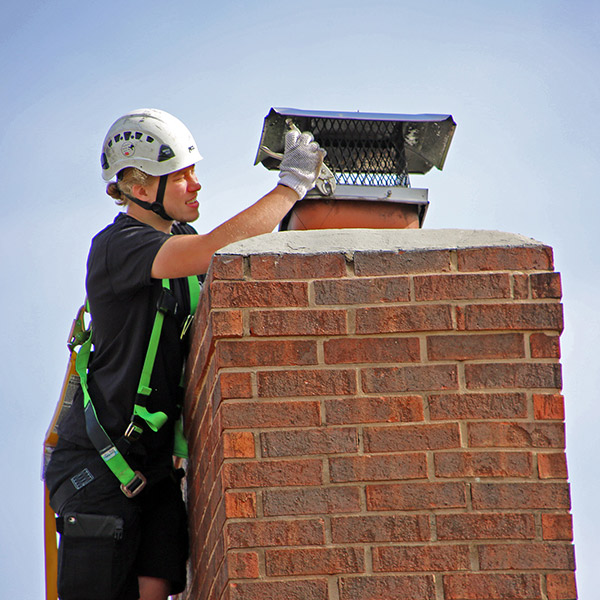 Deal With Winter Damage Early
Deal With Winter Damage Early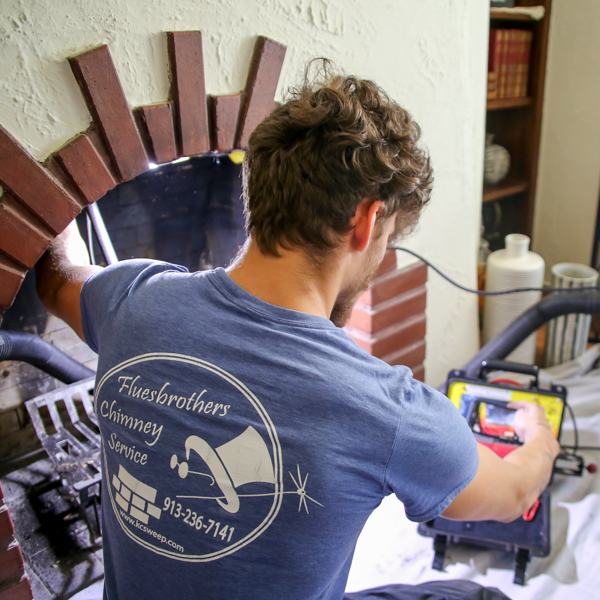 Best Chimney Service in Kansas
Best Chimney Service in Kansas